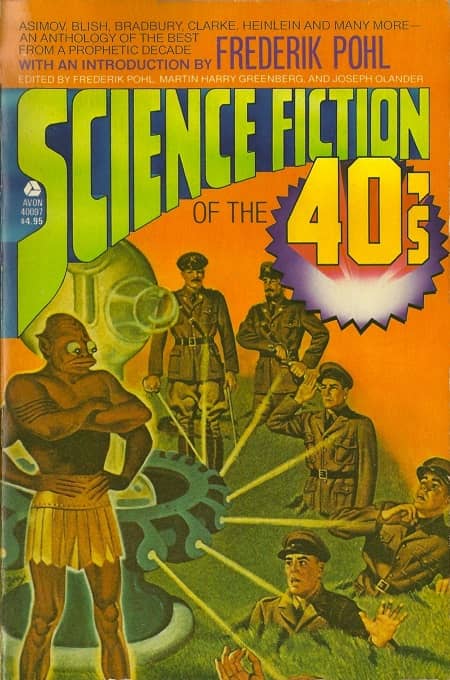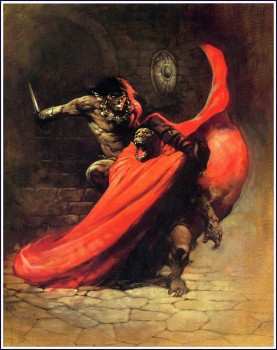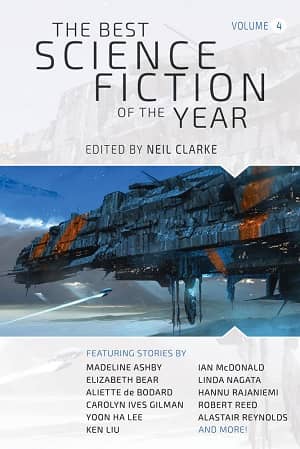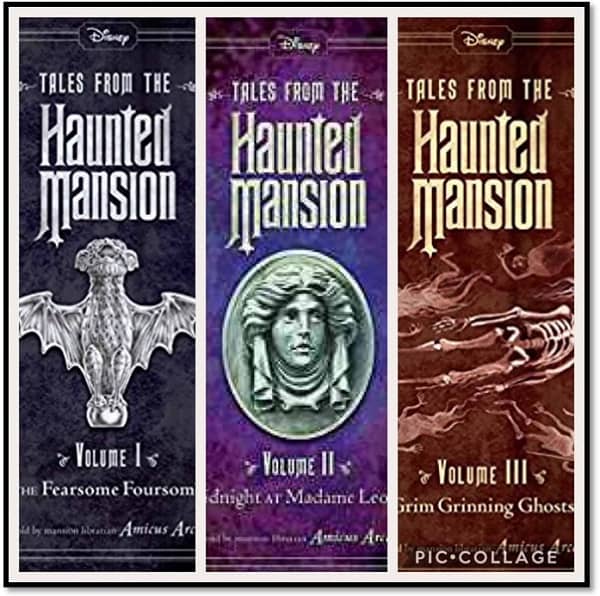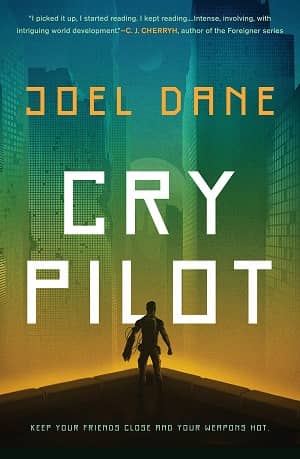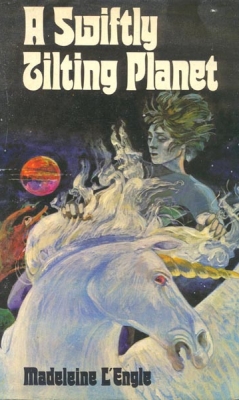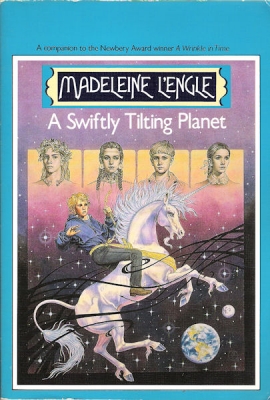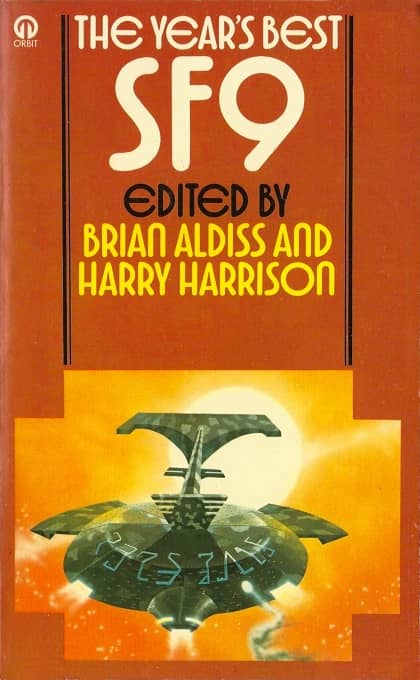Carol Emshwiller wins the Cordwainer Smith Rediscovery Award
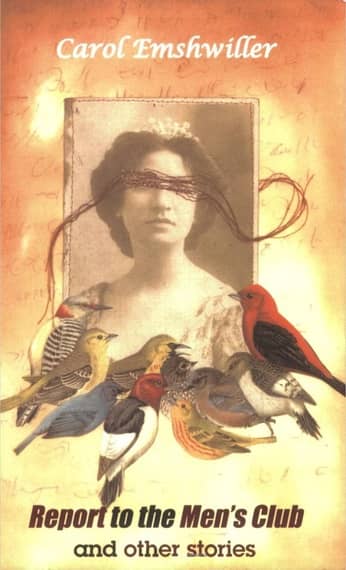 |
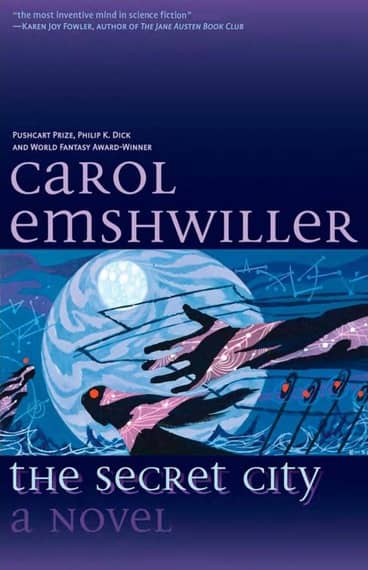 |
 |
Author Carol Emshwiller, who died in February of this year at the age of 97, has won the Cordwainer Smith Rediscovery Award, which honors overlooked and neglected science fiction and fantasy writers who deserve to be discovered by modern readers.
I met Carol only a couple of times, always at the World Fantasy Convention. I’m pretty sure she was in her 90s both times we met. She was friendly, approachable, and absolutely charming. Many writers have a late flowering in their career; Carol, who was the wife of Ed Emshwiller, one of the most popular and prolific SF cover artists of the 50s and 60s, and who famously was the model for most of the beautiful women in his paintings, published her first stories in 1955, but wrote the majority of her substantial body of short fiction from 1985 – 2011, after she turned 60. She published the first of her four SF novels, Carmen Dog, in 1988, when she was 67.
It took far too long for Carol to be acknowledged as a serious writer, but it eventually happened. Her short story “Creature” won a Nebula Award in 2002; she won again for “I Live With You” in 2005. Her 2002 novel The Mount was nominated for a Nebula and won the Philip K. Dick Award. Her 1990 collection The Start of the End of It All won the World Fantasy Award, and she received the World Fantasy Award for Life Achievement in 2005.
